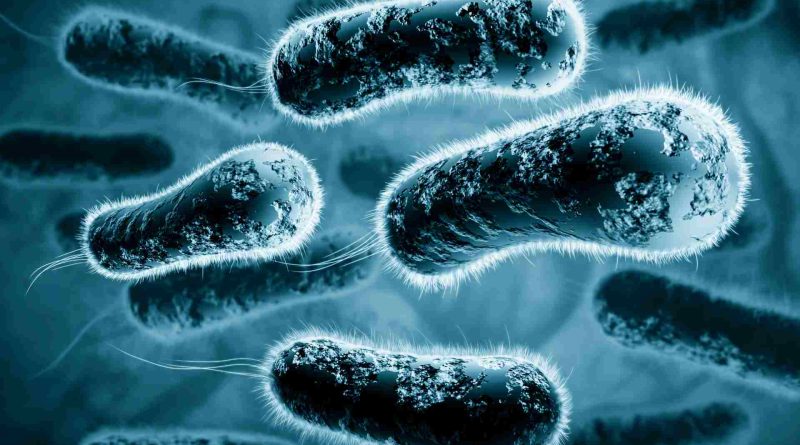Unveiling the Microbial Symphony: TM7x’s Role in Orchestrating Phage-Bacterial Dynamics
In the ever-evolving realm of microbiology, ADA Forsyth scientists have unearthed a groundbreaking revelation in the ongoing battle between bacteriophages and bacteria.
The intricate dance of microbial interactions within the oral microbiome has revealed a tripartite scenario, fostering the coexistence of adversaries. Among these adversaries, bacteriophages, colloquially known as phages, reign as one of Earth’s most prevalent and lethal entities, despite their prey being bacteria rather than humans.
With surgical precision, these phages target specific bacterial strains, playing a pivotal role in microbial ecosystems. Recent research led by ADA Forsyth scientists has shed light on a previously unnoticed actor in this microbial drama: ultrasmall bacterial parasites dubbed Saccharibacteria or TM7.
Published in the esteemed Proceedings of the National Academy of Sciences (PNAS), the study illuminates the role of TM7x, an ultrasmall epibiotic parasite, in endowing its host bacterium (specifically, a strain of Schaalia odontolytica labeled XH001) with resistance against lytic phages.
Dr. Xuesong He, DDS, PhD, a Senior Staff Member at the ADA Forsyth Institute (AFI) and the lead investigator, elucidates, “When phages assail bacterium XH001, its fate seems sealed. However, when XH001 hosts TM7x, it fortifies itself against phage onslaught.” This intricate interaction between host, parasite, and predator within the oral microbiome represents a novel discovery.
Traditionally, phage resistance mechanisms involve mutations in bacterial surface receptors, prompting corresponding genetic adaptations in phages. However, TM7x deviates from this norm by inducing physiological changes in its host’s gene expression, altering surface structures without genetic mutation, thus impeding phage attachment.
While TM7x may initially stress its host bacterium in controlled environments, such as test tubes, within the complex milieu of the oral cavity, it assumes a symbiotic role.
This symbiosis culminates in a dynamic sink-source relationship, wherein TM7x-equipped bacteria serve as a refuge, enabling phage-resistant reproduction. Thus, TM7x orchestrates a delicate balance, facilitating the coexistence of phages and bacteria within the oral ecosystem.
This paradigm shift underscores the fluid nature of microbial environments, wherein microbial relationships ebb and flow with changing conditions. Dr. He aptly remarks, “In oral ecology, there’s no such thing as inherently ‘bad’ bacteria or microbes; their impact hinges on contextual nuances.”
Acknowledgments extend to collaborators from various institutions, including the ADA Forsyth Institute, University of Washington, Zhejiang University School of Medicine, Yale University, Chongqing Army Medical University, Sichuan University, Chongqing Medical University, and Capital University of Medicine.
Grants from the National Institute of Dental and Craniofacial Research of the NIH (1R01DE023810, R01DE030943) and the National Natural Science Foundation of China (31870167) supported this pioneering research.

